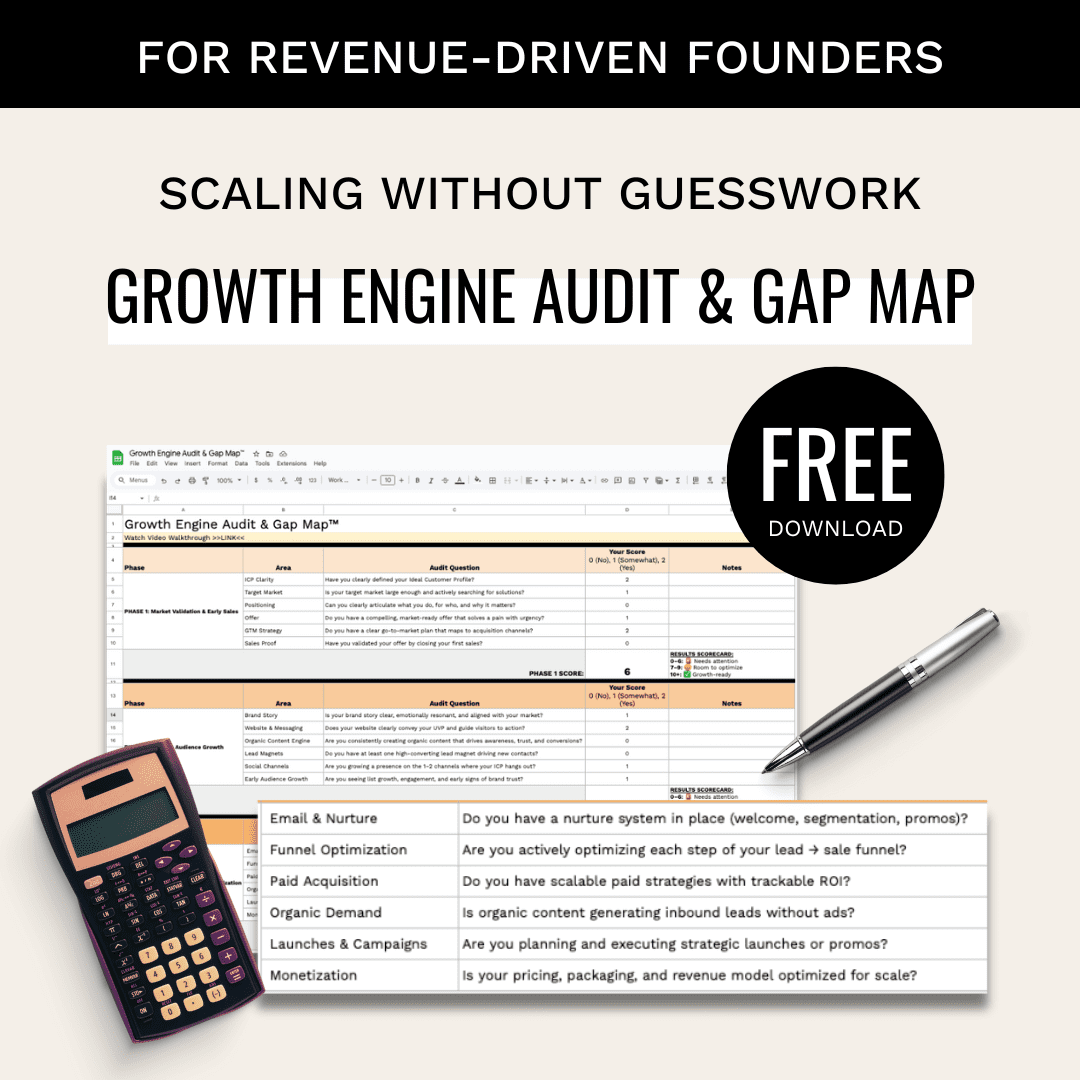Voice of Customer (VoC) data is essential for improving B2B customer journeys. It collects customer feedback across touchpoints like surveys, product usage, and support tickets. Unlike B2C, it focuses on areas like ROI, adoption, and onboarding. Here’s how it helps:
- Spot Issues Early: Detect problems before they impact retention or revenue.
- Boost Retention: Understand loyalty drivers and improve customer success.
- Increase Revenue: Identify growth opportunities and align products with needs.
Steps to Use VoC Data:
- Collect feedback from direct interactions and digital behavior.
- Analyze patterns in pain points, feature requests, and usage.
- Map insights to journey stages (e.g., Awareness, Adoption).
Challenges:
- Data quality issues.
- Stakeholder disagreements.
- Resource limitations.
Solutions:
- Standardize data collection.
- Set clear governance.
- Focus on actionable insights.
Key Benefits of VoC Data in Journey Maps
Spotting Customer Issues Early
Voice of the Customer (VoC) data acts like an early alert system, pinpointing problems before they hurt retention or revenue. It helps teams recognize trends across customer segments and tackle issues head-on. These actionable insights pave the way for better retention strategies.
Boosting Customer Retention
VoC data sheds light on what keeps customers coming back. By understanding what drives loyalty, businesses can fine-tune their customer success efforts and make meaningful adjustments. This feedback-driven approach strengthens relationships and builds long-term satisfaction.
Driving Revenue with Customer Feedback
When added to journey maps, VoC data uncovers untapped growth opportunities by highlighting overlooked pain points. Using a data-backed approach and thorough brand evaluations, companies can better align their products or services with customer needs. This leads to ongoing improvements and increased revenue.
How to Add VoC Data to Journey Maps
Step 1: Collecting Customer Feedback
Start by gathering Voice of the Customer (VoC) data from various channels to get a complete picture of your B2B customer experience. Make sure to collect both numbers-driven and descriptive feedback through:
Direct Customer Interactions
- Hold regular business reviews with key accounts.
- Conduct structured interviews with customers.
- Run targeted NPS and CSAT surveys at key points in the customer journey.
- Monitor support tickets and service interactions.
Digital Behavior Analysis
- Track how customers use your product, including feature adoption.
- Monitor engagement metrics like time spent and frequency of use.
- Analyze website behavior, including conversion paths.
- Review chat logs and service transcripts for additional insights.
Bring all this feedback together so it’s ready for systematic analysis in the next step.
Step 2: Analyzing VoC Data
Once you’ve gathered feedback, focus on identifying patterns and priorities.
Organizing Your Data
| Category | Data Points | What to Focus On |
|---|---|---|
| Customer Pain Points | Support tickets, Interview notes | Spot recurring issues and their severity. |
| Feature Requests | Product feedback, Usage data | Highlight what customers want most. |
| Success Indicators | NPS scores, Retention rates | Track satisfaction and loyalty trends. |
| Usage Patterns | Time-in-product, Usage data | Measure how customers interact with your product. |
Tips for Effective Analysis
- Look for trends in both positive and negative feedback.
- Rank issues based on how often they occur and their impact.
- Document specific examples that highlight key findings.
Step 3: Linking Data to Journey Stages
Now, map your insights to specific stages of the customer journey.
How to Integrate Feedback
- Identify the touchpoints where feedback was collected.
- Tag each piece of feedback with the corresponding journey stage.
- Group feedback into clusters based on common themes.
- Note emotional states (e.g., frustration or delight) at each stage.
Practical Tips for Implementation
- Use color coding to visually distinguish positive and negative feedback.
- Add real customer quotes to give context and depth.
- Keep journey maps updated as new VoC data comes in.
- Share these insights with teams across your organization to ensure alignment.
Problems and Solutions in VoC Data Integration
Main VoC Integration Issues
Integrating Voice of Customer (VoC) data into B2B journey maps comes with several challenges:
Data Quality and Consistency
- Feedback collection methods often vary, making it hard to standardize.
- Missing data from critical journey stages can leave gaps in insights.
- Conflicting feedback from stakeholders complicates decision-making.
- Outdated feedback may not reflect current customer experiences.
Stakeholder Alignment
- Disagreements on which customer pain points to prioritize.
- Resistance to changing established processes based on new feedback.
- Balancing the needs of technical and non-technical teams can be tricky.
Implementation Barriers
- Limited resources for collecting and analyzing VoC data.
- Complex buying cycles make it hard to track the full customer journey.
- Technical constraints in feedback collection systems.
- Difficulty in linking quantitative metrics with qualitative insights.
Address these hurdles with structured frameworks and unified governance to turn data into actionable insights.
Tips for Success with VoC Data
To tackle these challenges, consider the following strategies:
Unify Data Collection
| Aspect | Action Items |
|---|---|
| Data Collection | Standardize feedback formats for easier analysis. |
| Stakeholder Input | Define roles and processes for data collection. |
| Update Frequency | Keep insights relevant with regular data updates. |
| Quality Control | Use validation processes to ensure reliable data. |
Set Governance Standards
- Assign specific owners for each journey stage.
- Document methods for collecting and analyzing feedback.
- Schedule regular cross-functional review meetings to stay aligned.
Focus on Actionable Insights
- Break down feedback into clear, manageable items.
- Prioritize issues based on their frequency and impact on the business.
- Directly link customer pain points to improvement initiatives.
- Monitor and measure the outcomes of changes made.
Bridge Communication Gaps
- Use visual journey maps that are easy for everyone to interpret.
- Develop shared terminology for discussing customer experiences.
- Provide regular updates to stakeholders on VoC insights and actions.
- Highlight success stories where VoC data led to measurable improvements.
These strategies help turn VoC data into meaningful changes that enhance B2B customer journeys.
sbb-itb-e8c8399
Tracking Results of VoC Journey Mapping
Key Metrics to Measure Success
To evaluate how well VoC data is integrated into your B2B journey maps, focus on these key performance indicators (KPIs):
Customer Experience Metrics
| Metric Type | What to Measure | Desired Outcome |
|---|---|---|
| Satisfaction | Net Promoter Score (NPS) | Consistent quarter-over-quarter growth |
| Engagement | Customer Effort Score (CES) | Reduction in effort month over month |
| Loyalty | Customer Lifetime Value (CLV) | Annual increase |
| Support | First Contact Resolution (FCR) | Regular weekly improvements |
| Journey | Time-to-Resolution (TTR) | Ongoing decrease |
Business Impact Metrics
Assess how VoC insights contribute to your business goals by tracking:
- Monthly account renewal rates
- Changes in contract values
- Time reduction in closing deals
- Percentage of successful customer onboarding
- Adoption rates for new features or services
These metrics provide a clear picture of how VoC-driven insights improve both customer experiences and business outcomes.
Turning Data Into Actionable Insights
Once you’ve established these metrics, use the data to refine and enhance each stage of the customer journey.
Real-Time Monitoring
Use dashboards to keep an eye on critical touchpoints:
- Identify patterns in customer behavior
- Spot friction points quickly
- Track how long it takes to resolve issues
- Measure satisfaction at every stage of the journey
Ongoing Refinement
Set up feedback loops to make continuous improvements:
- Hold weekly reviews of metrics with relevant teams
- Focus on changes that will have the biggest impact
- Test updates with specific customer segments
- Document what works for future reference
Collaboration Across Teams
Ensure everyone is aligned and working toward the same goals:
- Share VoC insights with all departments
- Match KPIs to broader business objectives
- Assign clear accountability for each improvement area
- Schedule regular updates to track progress
Evidence-Based Decisions
Make changes based on solid data:
- Compare metrics before and after implementing updates
- Calculate the ROI of journey enhancements
- Monitor long-term effects on customer retention
- Analyze trends in customer satisfaction over time
Customer Journey Analysis: how to repeat B2B success cases
Conclusion: Results of Customer-Focused Mapping
Using the strategies and metrics discussed earlier, a well-planned Voice of the Customer (VoC) approach can reshape customer journeys. When applied correctly, this data-driven process leads to noticeable improvements and targeted solutions.
Companies that successfully integrate customer feedback into their journey maps often see better retention rates, revenue growth, and higher customer satisfaction. This happens because they tie VoC insights directly to measurable business goals.
To maintain these results over time, businesses should:
- Regularly analyze VoC data to identify new patterns
- Use solid data as the foundation for making improvements
- Monitor progress through clear KPIs
- Continuously adjust strategies based on feedback
As shown in Data-Mania‘s customer-first framework, weaving VoC insights into journey mapping builds a strong base for success. This structured approach helps businesses deliver consistent results while staying in tune with changing customer expectations.
Related Blog Posts
- How Data Improves ABM Segmentation ROI
- 5 Steps To Identify B2B Customer Pain Points
- Customer Feedback Loops for PLG Success
- Ultimate Guide To VoC Feedback Loop Strategies




